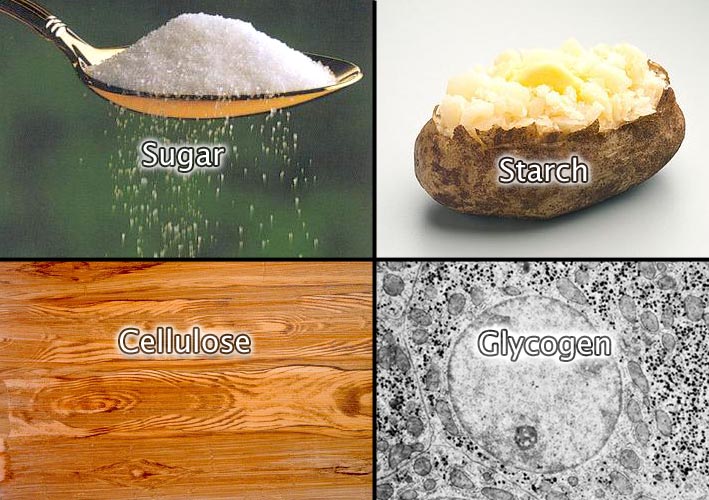http://chemistrylab.asia/wp-content/uploads/2012/12/agfhej.gif
The past few days we have been learning about these different things. First, Atoms. Atoms are made up of protons, neutrons, and electrons and make up bigger things. Atoms make up most things in the world. So a pencil, a piece of paper, and table salt for example are all made up of many atoms that you cannot see. It is the tiniest bit of a chemical element. Atoms of different elements have a different charge therefore they come together to form bigger things. Protons have a positive charge, neutrons don't have a charge, and electrons have a negative charge. This is what holds atoms together. Every element has a certain amount of protons, neutrons, and electrons. Atoms make elements. One or more atoms of the same element are what forms elements. For example, some gold atoms chemically bonded together makes gold (element). Without atoms, there would not be elements.
http://upload.wikimedia.org/wikipedia/commons/thumb/e/e2/Stylised_Lithium_Atom.png/200px-Stylised_Lithium_Atom.png
http://static.ddmcdn.com/gif/laser1.jpg
Elements are several of the same type of atom chemically joined together. Chemically joined together means that the atoms connect to each other, whereas when atoms are physically joined, this means they are just put together and can be separated manually. A salad is physically joined. Example of elements are gold, iron, and oxygen. When different elements chemically join together they form compounds but when the same element form together it forms molecules.
http://www.ptable.com/Images/periodic%20table.png
http://www.bbc.co.uk/bitesize/ks3/science/images/sphere_atoms.gif
Molecules are made up of many atoms but are not compounds because they are made up of atoms of the same element. For example, if multiple oxygen atoms are chemically joined together, this would be a molecule. But if oxygen and hydrogen are chemically joined together, that would be a compound. When two or more atoms are joined together, it forms a molecule. Molecules form compounds. When two or more molecules chemically join each other, you get a compound.
https://blogger.googleusercontent.com/img/b/R29vZ2xl/AVvXsEjy4zTPlG2vRO8vhz6fgfyQD1nOYJWKBA-JN8V70OsNVTVwceWCSbXfmnGgL5yOqngNABHWkJDE8uaixnLD2PAl72kWQH8gvQRCLJaqWho1aEwGVuJ7zLNSmaU_O9ulGMLJUolwwtwcrj8/s1600/molecules.jpg
Compounds are made of molecules which are made of atoms. When molecules or atoms of a different element chemically join together, you get a compound. Examples of compounds are, salt, water, and sugar. These three things are made of chemically mixed molecules. Several different type of molecules makes a compound.
http://www.chemistryland.com/ElementarySchool/BuildingBlocks/carbohydratesExamples.jpg
Minerals make up rocks and are made up of atoms, elements, and compounds. To be classified as a mineral, it must be naturally occurring, inorganic, solid, definite chemical composition, and definite crystal structure. If it does not have those traits, then it is not a mineral. This means ice is a mineral and water is not because water is not solid and does not have a definite crystal structure. Ice has the 5 traits therefore it is a mineral. Minerals form from evaporation of water, cooling and crystalizing of lava, and hot water rising and cooling.
http://www.sos.mo.gov/symbols/State-Mineral.jpg
Mixtures are not chemically joined; they are physically joined. This means that a mixture can be physically taken apart. For example, salt water is a mixture because if you boil it, the salt and the water will separate. Two or more atoms that are mixed together and are not combined are mixtures. Salad, salsa, and cinnamon sugar are all examples of mixtures.
http://www.elmhurst.edu/~ksagarin/color/mixture.gif
http://img4-3.realsimple.timeinc.net/images/0911/decoder-salt-water_300.jpg
Rocks. Rocks are made up of minerals and crystals. By definition, rocks are the solid material that make up the surface of the Earth and other planets. They are hard and are a mixture meaning that the elements or compounds are only physically together, not chemically. They can be physically broken apart. Rocks are all over the world and ultimately are made up of neutrons, electrons, and protons which make up a lot of things. There are three types of rocks: igneous formed from cooling and crystalizing of magma; metamorphic rock formed from heat and pressure inside earth; and sedimentary rock formed from deposition, compaction, and cementation of sediments.














No comments:
Post a Comment
Note: Only a member of this blog may post a comment.